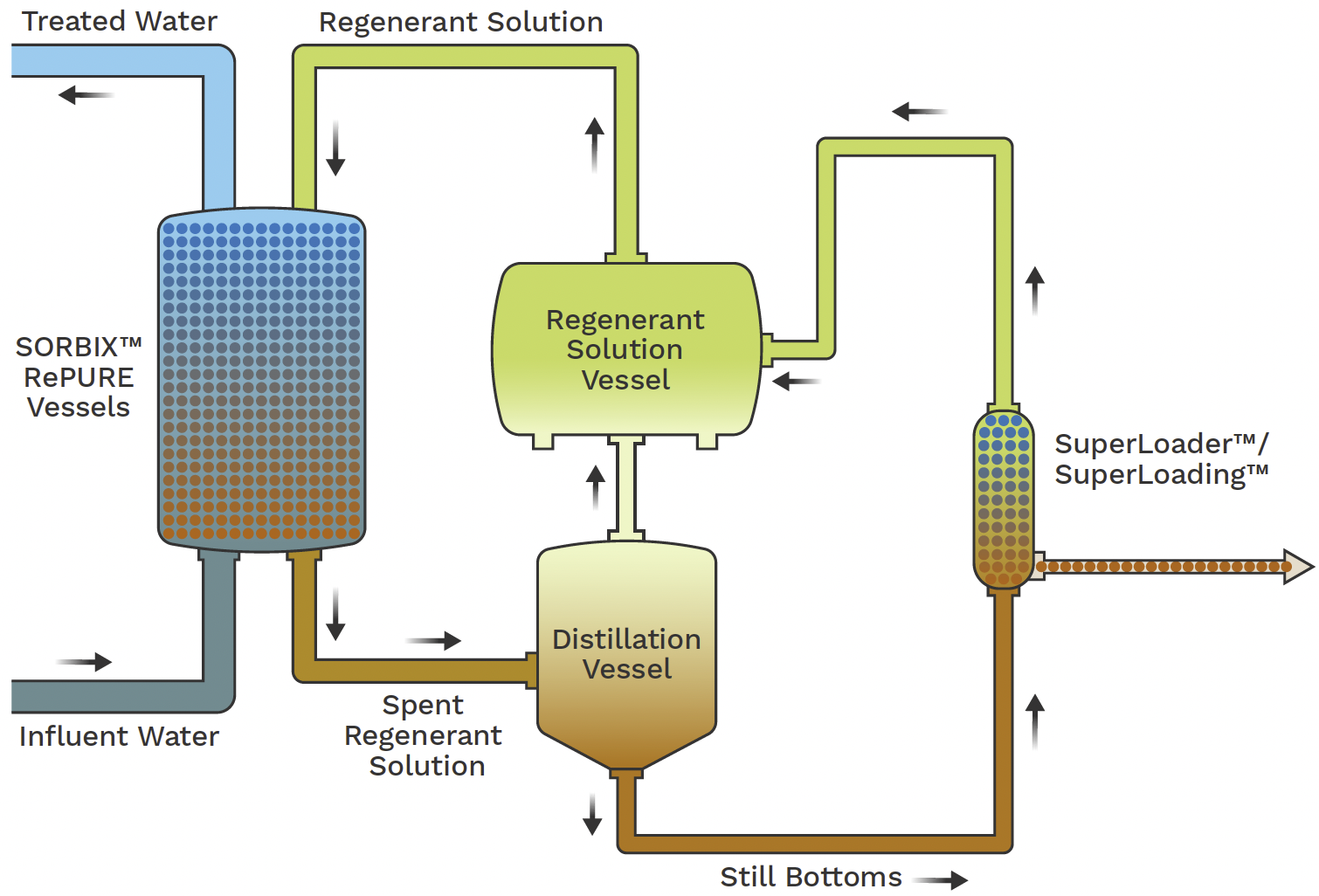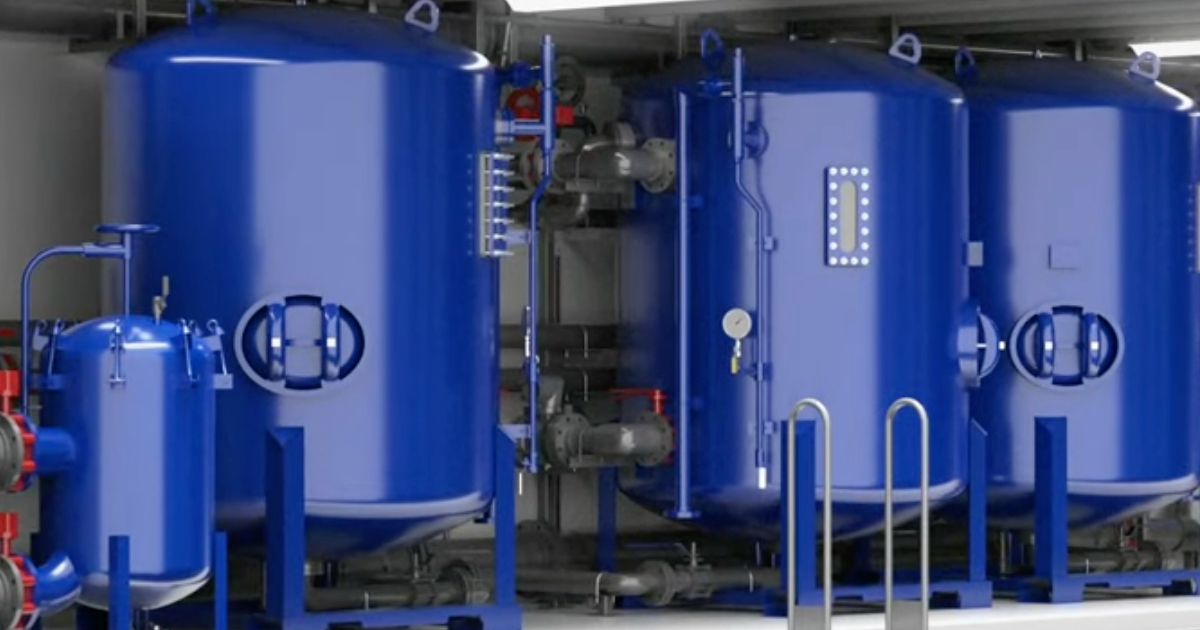Your Guide to PFAS Treatment Technologies and Perks
The occurrence of PFAS contamination in water sources requires a comprehensive understanding of readily available treatment innovations. Each technology not just targets details PFAS substances however also plays an important duty in boosting overall water top quality and shielding environmental honesty.
Understanding PFAS Contamination
Comprehending PFAS contamination is critical for addressing its pervasive effect on ecological and human wellness (m270 pfas treatment). Per- and polyfluoroalkyl materials (PFAS) are a team of artificial chemicals widely used in various industrial and consumer items due to their water- and grease-resistant buildings. Commonly found in firefighting foams, non-stick pots and pans, and water-repellent materials, PFAS have gone into the atmosphere with production procedures, wastewater discharges, and seeping from landfills
When released, these compounds continue the setting, leading to widespread contamination of dirt and water resources. Their unique chemical framework, identified by solid carbon-fluorine bonds, provides them immune to degradation, resulting in a phenomenon called "for life chemicals." PFAS can gather in the human body and the food chain, possibly creating negative health and wellness effects, consisting of immune system disturbance, developmental problems, and an increased risk of particular cancers cells.
Regulative companies and health and wellness companies are significantly acknowledging the significance of PFAS contamination, prompting initiatives to keep an eye on, examine, and reduce its effects. Recognizing the pathways of PFAS contamination is vital for notifying public policy and developing effective techniques to protect both environmental and human wellness.
Introduction of Treatment Technologies
Different treatment modern technologies have been created to deal with the difficulties positioned by PFAS contamination in water and dirt. These innovations can be generally classified into several groups, each with its special mechanisms and performance in removing PFAS compounds.
One noticeable technique is ion exchange, which utilizes resin products to record and get rid of PFAS from infected water. Another innovation, advanced oxidation processes (AOPs), utilizes solid oxidants and ultraviolet light to damage down PFAS right into less hazardous materials.

Turned On Carbon Purification
Triggered carbon purification is an extensively made use of technique for the removal of PFAS from contaminated water, understood for its capability to adsorb a broad variety of organic substances. This modern technology uses turned on carbon, a very permeable product with a substantial surface area, which assists in the browse around this web-site binding of PFAS particles through physical adsorption. The effectiveness of triggered carbon in getting rid of PFAS is influenced by a number of variables, consisting of the sort of carbon made use of, the contact time, and the focus of PFAS in the water.
Among the advantages of activated carbon purification is its versatility; it can be applied in various configurations, such as granular official source triggered carbon (GAC) systems or powdered turned on carbon (SPECIAL-INTEREST GROUP) systems. GAC systems are typically utilized in larger-scale applications, while political action committee can be utilized in smaller or short-lived configurations. The innovation is reasonably easy to operate and maintain, making it accessible for several water therapy centers.

Ion Exchange Equipment
Ion exchange systems stand for one more reliable approach for the removal of PFAS from polluted water, matching approaches like triggered carbon filtering. These systems operate the principle of trading ions in the water with ions hung on a resin product. Ion exchange materials can be particularly created to target the negatively billed PFAS compounds, properly catching them and allowing cleaner water to travel through.
One of the key benefits of ion exchange systems is their capacity to get rid of a broad variety of PFAS, including both long-chain and short-chain versions. This adaptability makes them appropriate for numerous applications, ranging from local water therapy to commercial procedures. Additionally, ion exchange systems can usually accomplish reduced detection limitations for PFAS compared to a few other therapy approaches, thus improving water top quality.
Nevertheless, it is vital to keep an resource eye on and manage the regrowth of ion exchange media, as the performance can decrease gradually as a result of saturation. Proper maintenance and substitute of the resin are vital for sustaining the system's performance. Overall, ion exchange systems supply a reliable and efficient service for PFAS removal, adding substantially to safe drinking water standards and environmental management.
Advanced Oxidation Processes
Advanced Oxidation Processes (AOPs) make use of effective oxidants to successfully deteriorate PFAS compounds in polluted water. These innovative treatment methods generate very reactive varieties, such as hydroxyl radicals, that can damage down complicated PFAS molecules right into much less unsafe byproducts. m270 pfas treatment. AOPs normally employ combinations of ultraviolet (UV) light, ozone, hydrogen peroxide, or Fenton's reagent, boosting the oxidation capacity and improving degradation performance
The primary benefit of AOPs depends on their ability to target a wide array of PFAS substances, including both long-chain and short-chain versions. This adaptability is essential, as PFAS contamination commonly includes mixtures of different substances with varying chemical structures. AOPs can be incorporated into existing water treatment systems, making them a useful solution for lots of towns and sectors.
However, the execution of AOPs can be resource-intensive, calling for cautious consideration of functional costs and energy intake. Furthermore, while AOPs are effective in breaking down PFAS, they may not completely remove all by-products, requiring additional therapy actions - m270 pfas treatment. On the whole, AOPs represent an encouraging opportunity for addressing PFAS contamination, adding to cleaner water resources and enhanced public health protection

Conclusion
Finally, addressing PFAS contamination requires an extensive understanding of offered treatment innovations. Turned on carbon purification, ion exchange systems, and progressed oxidation processes each existing distinct benefits for efficiently removing these unsafe compounds from water resources. By choosing the ideal technology, areas can boost water quality, shield public health, and mitigate the environmental risks related to PFAS direct exposure. Continued research and execution of these methods are essential for efficient management of PFAS contamination in impacted areas.